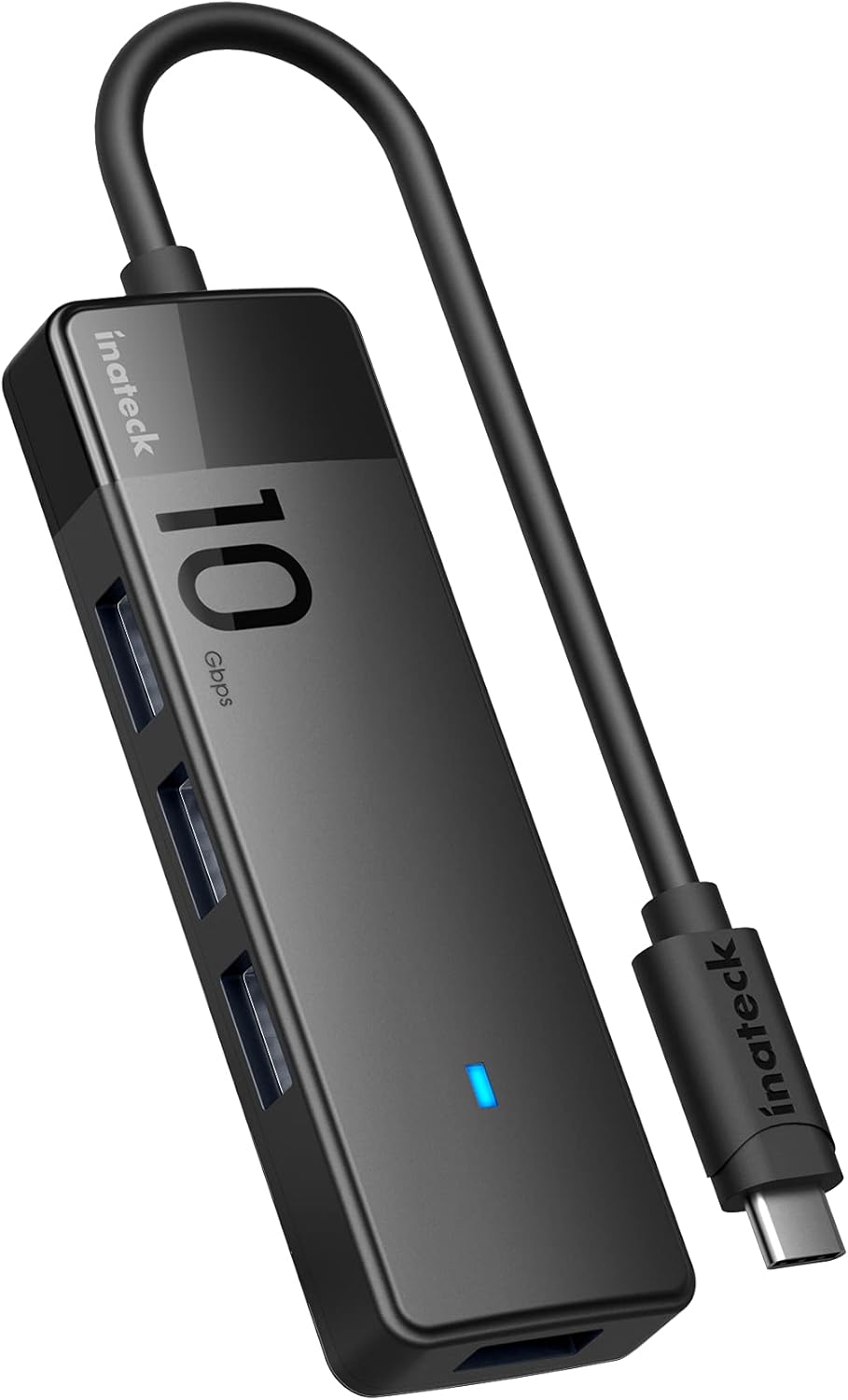About this deal
That means, for the time being, the new standard is very much aimed at encouraging the industry to update its hardware – so it’ll be a little while before USB 3.2-compatible devices start showing up. As the USB Promoter Group explains: “A USB 3.2 host connected to a USB 3.2 storage device will now be capable of realising over 2 GB/sec data transfer performance over an existing USB Type-C cable that is certified for SuperSpeed USB 10 Gbps.”
Best USB Hubs for 2023 | Reviews by Wirecutter The 4 Best USB Hubs for 2023 | Reviews by Wirecutter
Most importantly, the ssk usb hub is designed for small size, is used for transfer rate, It is lightweight and has a compact design. Power pass-through: All the hubs we considered also have a USB-C port that allows you to plug in your charger without taking up a second port on the computer itself (if it even has a second port). USB-C supports power at up to 100 watts, while laptops take anywhere from 30 watts (for a small machine such as the MacBook Air) to 45 watts (for many midrange laptops, as Chromebooks tend to be) to 97 watts (for the 16-inch MacBook Pro). We’ve found the Power tab in macOS’s System Report to accurately report the wattage of the power source, and in our tests we compared the figures stated there against what each company advertised.HDMI: A hub can be very useful at a desk, especially if you want to hook your computer up to an external monitor. We connected each of the hubs via HDMI to a Philips 272P7VUBNB/27 monitor with the resolution set to 4K, and we used the Blur Busters UFO Motion Test to confirm the refresh rate. Most hubs support only a 30 Hz refresh rate (the image refreshes 30 times a second) at 4K resolution, but a handful now support a smoother 60 Hz rate, and we prefer those hubs that do. Just to make things even more confusing, so far we’ve had USB 3.1 gen.1 which unfortunately ran at the same speed as USB 3.0 – the standard used by the previous USB A cables. You can find out everything you need to know about USB-C here, but essentially, rather than a data transfer standard, it’s the latest form ofphysical connection for USB, like with microUSB and miniUSB. Then gen.2 arrived, doublingthat speed on certain hardware and cables that were compatible with the new version.
USB 3.2 | USB-IF USB 3.2 | USB-IF
Brad Saunders, USB 3.0 Promoter Group chairman, explained further: “When we introduced USB Type-C to the market, we intended to assure that USB Type-C cables and connectors certified for SuperSpeed USB or SuperSpeed USB 10Gbps would, as produced, support higher performance USB as newer generations of USB 3.0 were developed.” The existing USB 3.1 can transfer data at up to 10 gigabits per second using two lanes (5Gbps per lane), but the new USB 3.2 tech aims to double that to 20Gbps, or 2GB/sec, by allowing for 10Gbps per lane. However, the devices you’re using will have to support the newest USB hardware and come with the modern USB-C connectors.Defines multi-lane operation for new USB 3.2 hosts and devices, allowing for up to two lanes of 10Gbps operation to realize a 20Gbps data transfer rate, without sacrificing cable length Another benefit of USB 3.2 is that it will work withUSB 3.0 and earlier devices, and requires only a minor hub update to “assure seamless transitions between single and two-lane operation.” Put simply, then,USB 3.2 refers to how data is sent across cables, while USB-C technology is a physical specification that dictates the appearance of plugs and wires. USB 3.2 – What’s new? And that, for now, is all you need to know.The USB 3.2 specification is now in a final draft review phase, but the formal release is planned to go ahead in time for the USB Developer Days North America event in September. On the plus side, you won’t need new cables, as the original USB-C cables were designed to eventually be used with the higher speeds – that is, as long as they’ve been certified for SuperSpeed USB 10GBps.
USB 3.1 Hub RSHTECH 10-port USB 3.1/3.2 Gen 2 Hub Powered USB 3.1 Hub RSHTECH 10-port USB 3.1/3.2 Gen 2 Hub
USB-C can carry data across numerous connections such as Apple’s Thunderbolt, Displayport, HDMI, and, of course, USB 3.1 – which is currently the official data transfer standard for USB-C. Our final collection has reliable products and we also worked hard to maintain variety within our selection to accommodate personal preferences.
The USB 3.2 specification defines multi-lane operation for new USB 3.2 hosts and devices, allowing for up to two lanes of 10Gbps operation to realize a 20Gbps data transfer rate. While USB hosts and devices were originally designed as single-lane solutions, USB Type-C ®cables were designed from the outset to support multi-lane operation to ensure a path for scalable performance. Lastly, the ssk usb 3.2 gen2hub works well, It is designed for a great price and has a simple design.
 Great Deal
Great Deal 